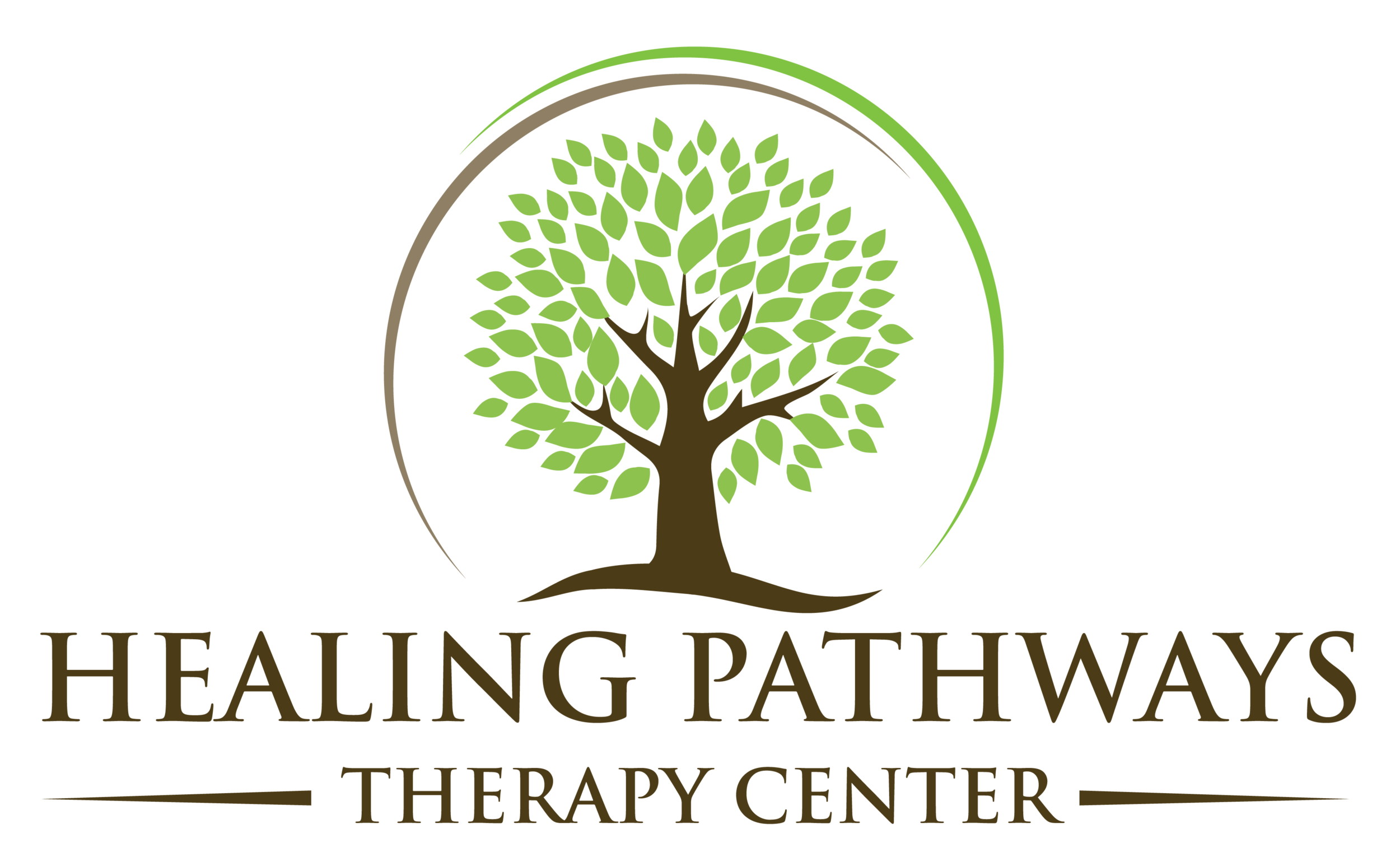Neurofeedback Therapy
What is neurofeedback?
Neurofeedback is a form of biofeedback or brain training that has been shown to have positive long-term outcomes. Electrodes are placed on the scalp to listen to the brain and that information is fed back to the brain through software in a way that the brain understands. The brain learns to function more efficiently. We reward the brain for changing its own activity to more appropriate patterns. This is a gradual learning process.
Who can do neurofeedback?
If you can sit in a chair and look at a screen, you can do neurofeedback. The work is being done subconsciously. Thoughts and effort aside, with neurofeedback the subconscious mind can retrain the nervous system to be calm and focused. People can get out of their own way, reboot, and regulate.
Why haven’t I heard of it before?
Neurofeedback can be traced back to research being done in the 1960’s and 1970’s. Significant positive results were being seen at the same time as psychopharmacology or medication. A large majority of research funding for mental disorders goes towards pharmaceuticals. Neurofeedback was placed in the shadow of pharmaceuticals. The DSM manual is used by clinicians to diagnose clients with mental disorders and is symbiotic with psychopharmacology. Neurofeedback uses a different model to understand concerns specific to an individual’s brain function.
Who should do neurofeedback?
Anyone who wants a better brain should consider neurofeedback. This includes brains with severe deficits or individuals who are looking for peak performance in athletics, school or work.
How can I get started?
Healing Pathways is pleased to have as our Neurofeedback Program Director, Danielle Musick who has been using the Othmer Method of Neurofeedback since 2012. She completed advanced neurofeedback training at the EEG Institute in Woodland Hills, CA. You can read her profile here, or contact us to set up an appointment with Danielle and/or one of our technicians, interns, or mental health providers trained in Othmer techniques working under her supervision.
Our agency is actively engaged in evidence-based practice as we participate in data collection and research through collaboration with the Neurofeedback Advocacy Project. Find out more about this project at Home | The Neurofeedback Advocacy Project (neurofeedbackadvocacyproject.com)
See below for more information about our Othmer method neurofeedback staff:
WHAT DOES IT COST?
The intake assessment (1.5 hours) includes a consultation, standardized QIK test, & RTS symptom tracking program for $200
Each subsequent individual session is $140 (53 Minutes) (20 sessions are typically recommended)
A final reassessment includes a consultation & standardized QIK test for $140
A package of 20 sessions including intake assessment and reassessment that is paid-in-full up front is $2995












